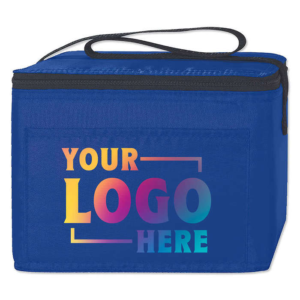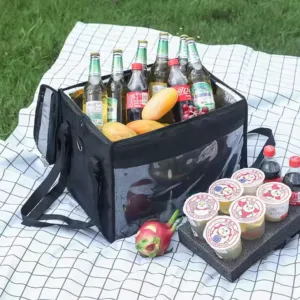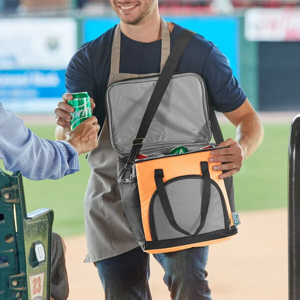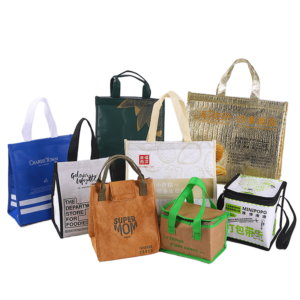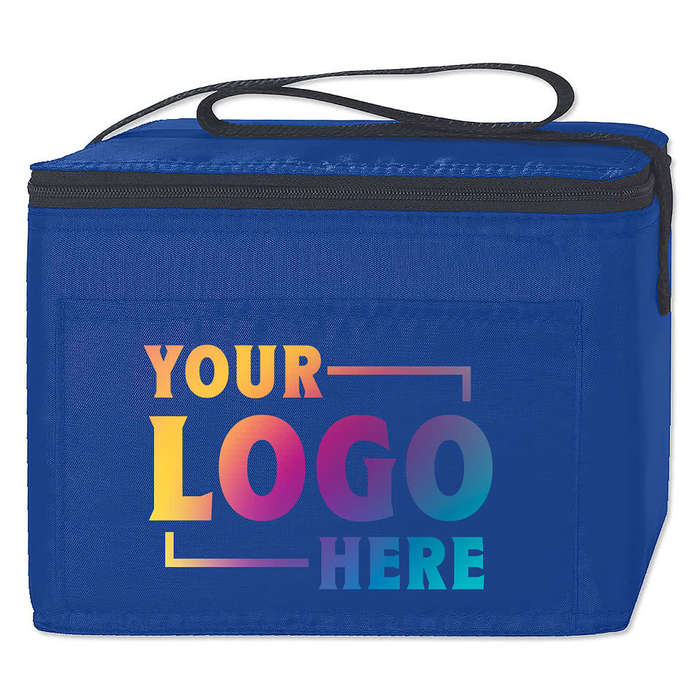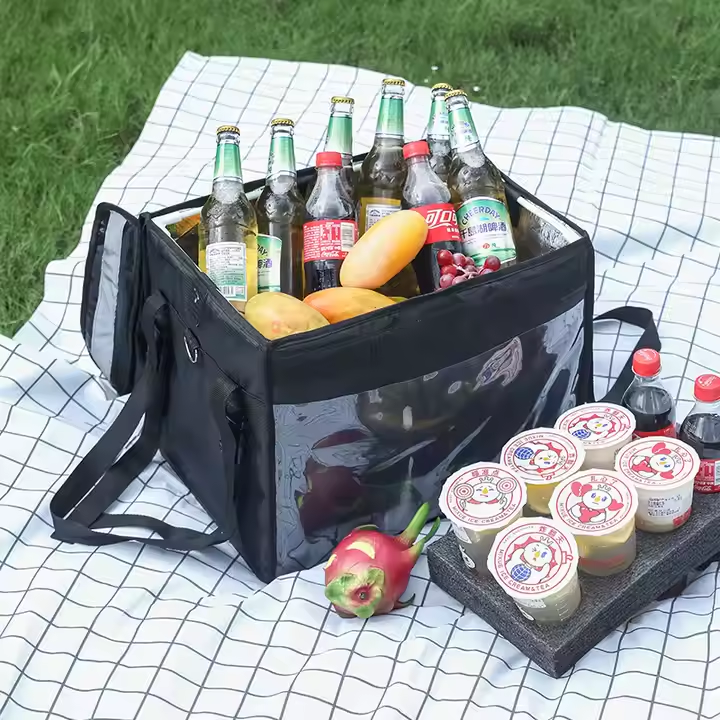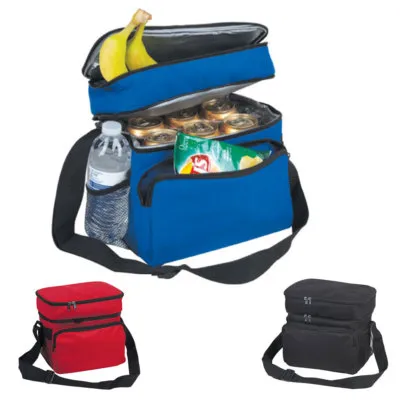5 Testing Standards Every High-Quality Cooler Bag Should Meet
Cooler bags must meet strict quality and safety standards to deliver reliable performance. This article explains five important certifications that ensure thermal insulation1, material safety, and manufacturing quality2. These benchmarks help buyers make confident, informed decisions.
✅ 5 Testing Standards Every High-Quality Cooler Bag Should Meet
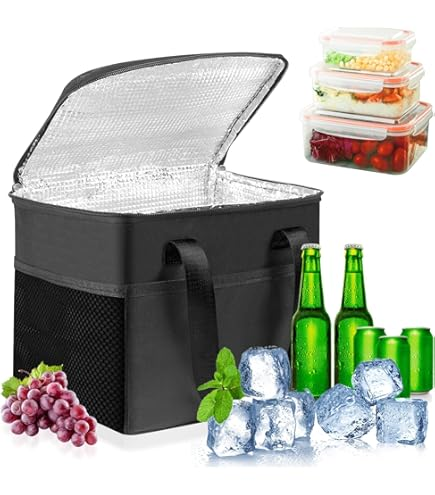
High-quality cooler bags should meet recognized testing standards to ensure safe materials, durable construction, and reliable thermal performance.
Understanding these standards helps buyers assess product quality before bulk purchasing3.
1. ISTA Thermal Testing (ISTA Standard 20)
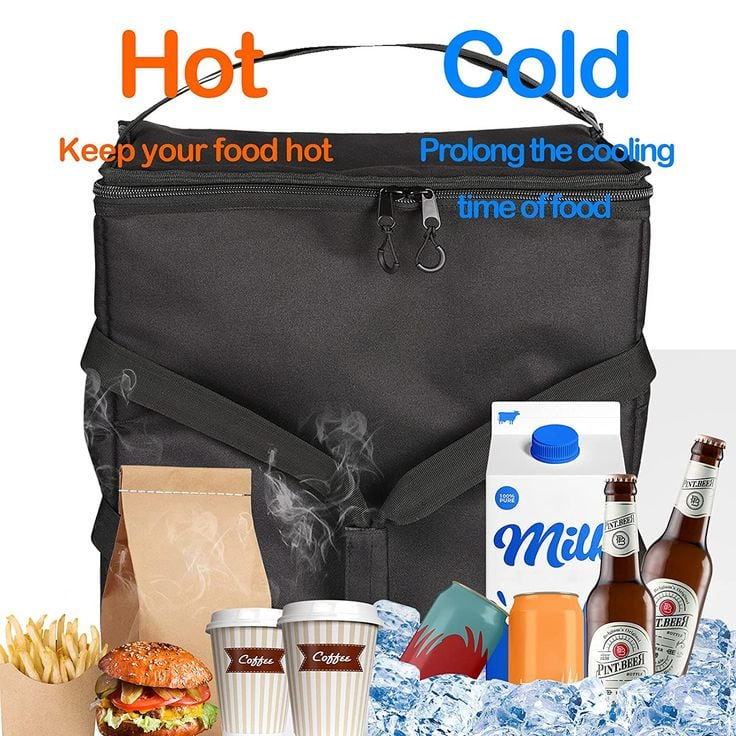
Ensures reliable thermal protection during transport
ISTA (International Safe Transit Association) Standard 20 tests insulated packaging under various conditions. For cooler bags, it checks whether the bag maintains proper internal temperatures to protect perishable goods in transit.
🔬 Key Test Elements
- Exposure to temperature fluctuations
- Duration of thermal retention
- Package integrity under simulated transportation stress
📦 Why it matters
A cooler bag that passes ISTA 20 can reliably transport food, medicine, or beverages while maintaining cold-chain standards. This is especially vital for e-commerce and B2B deliveries involving temperature-sensitive items.
📊 Summary Table
| Element | ISTA Thermal Test Requirement |
|---|---|
| Temperature Stability | Maintains specified temperature for set hours |
| Package Integrity | No leaks, cracks, or deformations |
| Performance Environment | Simulated transit temperatures and conditions |
| Certification Outcome | Pass/Fail with detailed performance report |
ISTA compliance assures buyers that cooler bags perform well under stress and temperature change.
2. BS EN 12546-2:2000 (European Standard for Insulated Containers)

Measures overall safety and durability of insulated containers
This European standard applies specifically to cooler bags and similar containers used for food and drink. It tests multiple factors: insulation effectiveness, physical strength, and hygiene.
🔧 Main Focus Areas
- Cold retention time measurement
- Handle tensile strength
- Impact resistance from drops or hits
- Seepage protection
- Ease of cleaning
🛡️ Market Relevance
Complying with BS EN 12546-2:2000 demonstrates a cooler bag’s long-term durability and consumer-friendly design. It is especially valued in retail and food logistics industries across Europe.
📊 Summary Table
| Test Area | Evaluation Method |
|---|---|
| Insulation Efficiency | Temperature drop measured over time |
| Impact Resistance | Dropped from specified heights |
| Handle Strength | Weight load test over extended duration |
| Cleaning Ease | Washed repeatedly without damage |
| Seepage Prevention | No leaks from melted ice or condensation |
Cooler bags that meet this standard assure customers of both comfort and safety during use.
3. REACH Compliance (EU Chemical Safety Regulation)

Protects against harmful chemical exposure
REACH (Registration, Evaluation, Authorisation, and Restriction of Chemicals) ensures that cooler bags do not include hazardous substances. It regulates the use of chemicals in products sold within the EU.
☣️ What It Covers
- Chemical content testing of fabrics, foams, and zippers
- Restrictions on substances like phthalates, lead, or azo dyes
- Long-term skin contact safety
🌿 Market Benefit
Buyers sourcing cooler bags for Europe need REACH-compliant products to avoid customs issues or recalls. REACH compliance reflects both health safety and environmental commitment.
📊 Summary Table
| Compliance Area | Regulation Focus |
|---|---|
| Material Safety | Avoids harmful chemicals |
| Skin Contact Compatibility | No irritation or allergic reactions |
| Environmental Impact | Reduces toxic waste in production |
| Market Entry Requirement | Mandatory for EU imports |
REACH-compliant cooler bags demonstrate global competitiveness and consumer safety4 leadership.
4. ISO 90015 (Quality Management System)
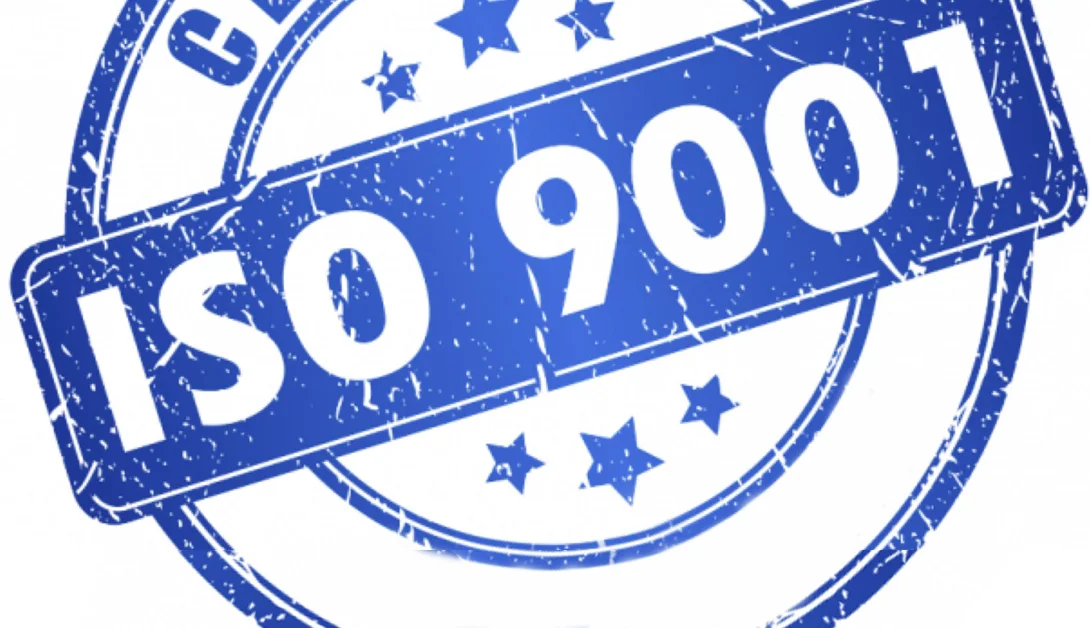
Ensures consistent product quality through managed processes
ISO 9001 certification is a global benchmark that cooler bag manufacturers use to prove their quality management systems. It affects the entire production process—from sourcing to final inspection.
🏭 What It Guarantees
- Systematic quality control at each production step
- Defined protocols for handling defects or inconsistencies
- Transparent tracking and traceability
📈 Business Impact
Manufacturers with ISO 9001 certification offer higher reliability. This improves customer satisfaction and reduces risk for bulk buyers.
📊 Summary Table
| Component | ISO 9001 Requirement |
|---|---|
| Production Consistency | Documented SOPs and monitoring |
| Continuous Improvement | Audits and process reviews |
| Customer Focus | Emphasis on product feedback |
| Defect Handling | Structured correction and prevention plans |
Cooler bag buyers should prioritize ISO-certified suppliers to ensure product reliability and customer trust.
5. CPSC Compliance (U.S. Consumer Product Safety Commission)

Reduces risk of consumer hazards
CPSC regulations cover various safety aspects of consumer goods sold in the U.S. Cooler bags must meet standards for mechanical durability and chemical exposure limits6.
🧪 What’s Tested
- Strength of straps and closures to prevent breakage
- Chemical limits for heavy metals and toxic additives
- Mechanical safety under real-use scenarios
🇺🇸 Why It’s Crucial
If you're targeting the U.S. market, CPSC compliance is essential. Non-compliant products may face legal recalls, penalties, or import bans.
📊 Summary Table
| Safety Test | CPSC Focus |
|---|---|
| Mechanical Durability | Strap and zipper failure prevention |
| Toxicity Testing | Safe exposure levels for lead, BPA, etc. |
| Consumer Labeling | Clear usage and safety instructions |
| Product Recall Readiness | Manufacturer tracking and reporting obligations |
CPSC compliance adds a layer of safety assurance to your brand and builds customer confidence.
Where to Find High-Quality, Certified Cooler Bags
At JiaRong Packing, you’ll find customizable cooler bags designed to meet these key standards. Whether you're sourcing for retail, food delivery, or promotions, JiaRong’s factory-tested bags provide certified performance and peace of mind.
Conclusion
Cooler bags should do more than keep items cold. They must be safe, durable, and consistently manufactured. These five certifications—ISTA, BS EN 12546-2, REACH, ISO 9001, and CPSC—cover thermal protection, chemical safety, and quality systems.
Buyers should ask suppliers about these certifications before purchase. If you're unsure, start with trusted manufacturers like JiaRong Packing, who meet global safety and quality standards.
Have you worked with certified cooler bags? Share your experiences or ask questions below!
-
Understanding thermal insulation is key to selecting cooler bags that effectively maintain temperature for your items. ↩
-
High manufacturing quality is essential for durability and performance, ensuring cooler bags withstand various conditions. ↩
-
Knowing the key standards for cooler bags helps buyers make confident decisions when sourcing for bulk purchases. ↩
-
Exploring consumer safety measures in cooler bags helps you make informed choices that protect your health. ↩
-
ISO 9001 certification indicates a commitment to quality management, ensuring consistent product reliability for buyers. ↩
-
Chemical exposure limits ensure that cooler bags are safe for consumers, preventing harmful substances from leaching. ↩


